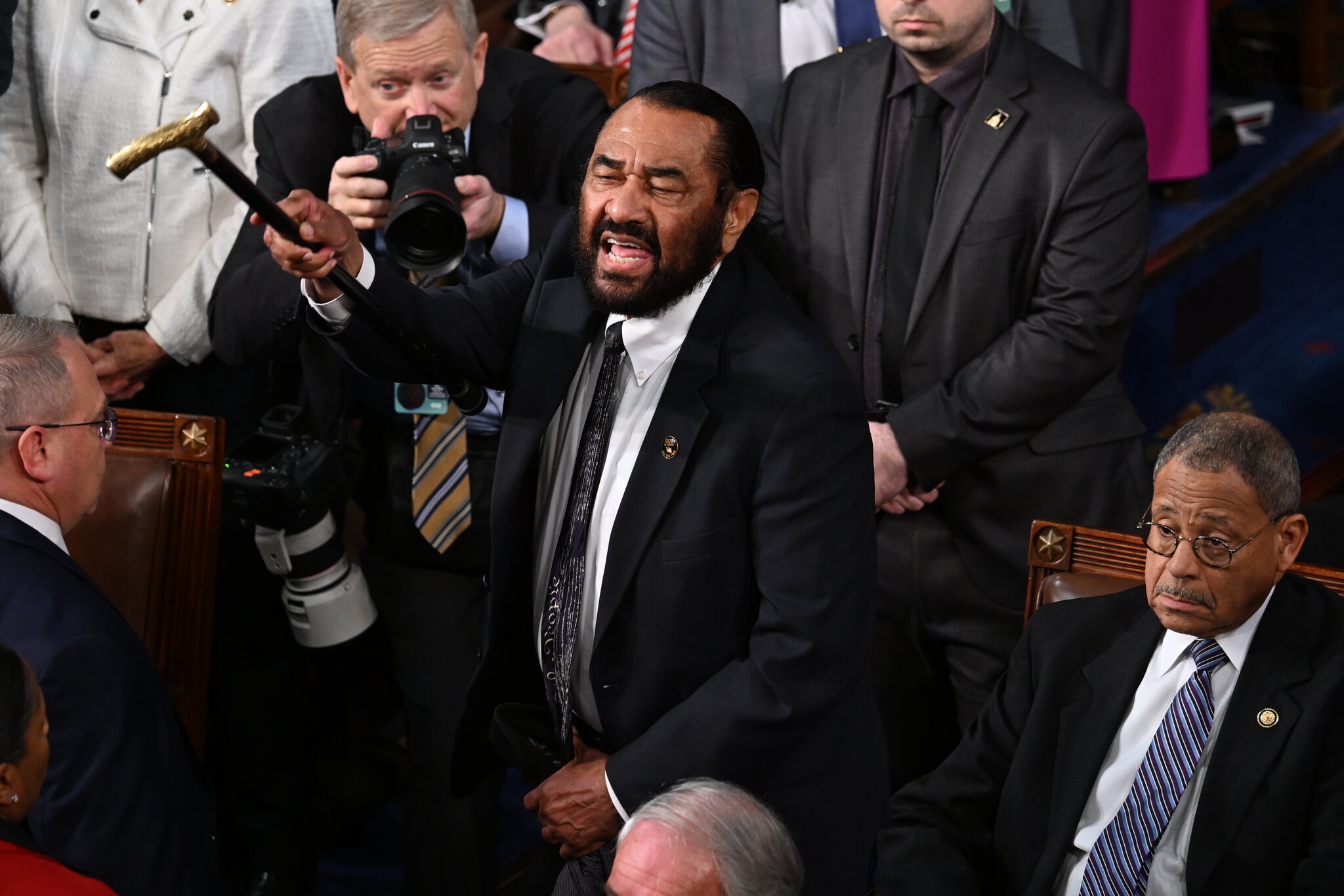
Discover how U.S. state governments are responding to Trump’s federal push in 2025. From lawsuits and funding battles to coalitions and grassroots activism, learn about the red vs. blue state divide, legal pushbacks, and citizen protests. Explore 10+ FAQs, real-life examples, and insights into federalism in action.
State governments are actively resisting Trump’s federal push through lawsuits, funding standoffs, and coalitions like the West Coast Health Alliance. Blue states are challenging federal overreach via courts and legislation, while red states are aligning with Trump’s policies. Grassroots protests and citizen movements amplify the divide, making state-level responses pivotal in shaping America’s democratic and policy landscape in 2025.
Federalism in Action
The United States thrives on a delicate balance between federal and state authority, known as federalism. The framers of the Constitution envisioned states as semi-sovereign entities that could check federal overreach. In 2025, with former President Donald Trump reclaiming influence in American politics, this balance has come under renewed pressure.
Trump’s policy agenda—marked by funding freezes, immigration crackdowns, and controversial public health stances—has ignited a wave of resistance among Democratic-led states while galvanizing support in Republican-controlled territories. This divide underscores America’s enduring political polarization.
In this long-form analysis, we will explore six powerful ways states are responding to Trump’s federal push, while answering trending citizen questions, unpacking real-life case studies, and offering insights into the future of state-federal relations.
1. Legal Battles Stretching the Boundaries of Federalism
The courtroom has become one of the most significant battlegrounds where states are challenging federal power. Attorneys general across the nation have invoked the Constitution’s separation of powers doctrine to resist what they argue are unconstitutional federal mandates.
Key Case Studies
- Federal Funding Freeze Struck Down
In early 2025, Trump’s administration paused federal grant funding across multiple agencies, citing the need for fiscal realignment. Within weeks, attorneys general from 22 states and Washington, D.C. filed lawsuits.- A federal judge ultimately ruled the freeze “constitutionally flawed,” ordering immediate restoration of funds.
- This was a landmark reaffirmation of the Tenth Amendment and states’ rights.
- California vs. National Guard Deployment
When Trump attempted to deploy 700 Marines and 4,000 National Guard troops to Los Angeles without state approval, Governor Gavin Newsom sued the federal government.- The court sided with California, emphasizing that while the president has authority over national defense, domestic deployment without state consent violates federalism principles.
- Withholding Payments to Washington
States like New York, Maryland, Connecticut, and Wisconsin passed legislation allowing them to delay or withhold certain federal payments.- This symbolic yet powerful action represented financial pushback against Trump’s perceived overreach.
Takeaway: These legal battles highlight how courts are serving as neutral arbiters in the ongoing tug-of-war between state sovereignty and federal supremacy.
2. Public Health Autonomy: The West Coast Health Alliance
Public health became a flashpoint during Trump’s earlier presidency, and in 2025, the issue is once again front and center.
What Is the West Coast Health Alliance?
California, Oregon, and Washington launched the West Coast Health Alliance, a coalition dedicated to issuing science-driven health guidelines independent of federal influence. This was a direct response to widespread skepticism about the CDC’s policy shifts under Trump’s leadership.
- The alliance has already published independent recommendations on COVID-19 vaccine boosters and public health preparedness.
- By bypassing federal directives, these states aim to reassure citizens and maintain trust in scientific expertise.
Why This Matters
The move signals a profound shift: states are not only reacting to federal policy but also creating alternative governance structures. This level of independence raises questions about whether the U.S. is moving toward a more decentralized health system.
3. Financial Resistance & Withholding Payments
Money is power in American politics, and funding remains a critical lever in the battle between states and the federal government.
How States Are Pushing Back
- Budgetary Autonomy: States like New York have approved legislation allowing them to withhold payments tied to federal mandates they consider unconstitutional.
- Collective Action: Democratic-led coalitions are pooling resources to prepare legal funds for extended litigation battles.
- Emergency Reserves: Anticipating possible funding cuts, states are stockpiling rainy-day reserves to minimize federal leverage.
Real-World Impact
Such financial resistance threatens to reshape federal-state fiscal dynamics. If states routinely delay or challenge federal allocations, Washington’s ability to enforce compliance weakens significantly.
4. Legislative Defenses in Blue States
Democratic-controlled state legislatures have become proactive in defending citizens from federal rollbacks.
Notable Actions
- Immigration Protections: States like California and Illinois are doubling down on sanctuary policies, preventing local law enforcement from cooperating with ICE.
- Labor Laws: States including New York are passing stronger worker protections to counter Trump’s federal labor deregulation.
- Voting Rights: Several states have introduced bills expanding early voting and mail-in ballots, directly resisting any federal attempts to restrict access.
Example: California’s “Freedom from Federal Overreach Act” explicitly bars state agencies from enforcing federal immigration crackdowns unless required by court order.
These legislative efforts underscore the ability of states not only to resist but also to preemptively block federal initiatives.
5. Grassroots Resistance & Citizen Movements
No state response would be complete without its citizens. Grassroots activism has surged in 2025, amplifying state-led efforts.
Movements on the Ground
- 50501 Movement: Protesters have taken to the streets in Little Rock, Boston, Lansing, and Denver to oppose Trump’s “Project 2025” blueprint.
- Anti-Deportation Protests: States like Massachusetts and Michigan have witnessed mass mobilizations outside courthouses and statehouses.
Why This Matters
These protests send a message not only to Washington but also to state leaders, pushing them to adopt bolder resistance measures. The synergy between grassroots activism and state policymaking creates a powerful counterweight to federal initiatives.
6. Divergence: Red vs. Blue States
The American divide has never been clearer. While blue states resist Trump’s agenda, red states often embrace and even expand on it.
| Political Alignment | Typical Response to Trump’s Federal Push |
|---|---|
| Blue States (Democratic-led) | Lawsuits, sanctuary protections, independent health alliances, financial resistance |
| Red States (Republican-led) | Alignment with federal mandates, stricter immigration enforcement, adoption of Trump’s fiscal and cultural policies |
Case in Point: Florida Governor Ron DeSantis has aligned closely with Trump’s immigration directives, while Illinois Governor J.B. Pritzker has led coalitions resisting them.
This divergence suggests that Americans’ lived experiences increasingly depend on state borders, raising concerns about national unity.
Frequently Asked Questions (FAQs)
Below are 10 trending search questions with long-form answers, optimized for search visibility:
1. How are states legally challenging Trump’s federal policies?
States are filing lawsuits against funding freezes, unauthorized National Guard deployments, and conditional aid. Courts have largely sided with states, citing the anti-commandeering doctrine rooted in the Tenth Amendment.
2. What is the West Coast Health Alliance?
It’s a coalition of California, Oregon, and Washington that issues independent vaccine and public health guidelines, bypassing federal directives. This ensures citizens receive science-based recommendations despite federal controversies.
3. Which states are withholding federal payments?
New York, Connecticut, Maryland, and Wisconsin are leading the charge, passing laws allowing them to delay remittances to Washington in protest of federal overreach.
4. Are there protests against Trump’s policies?
Yes—movements like the 50501 Movement and mass deportation protests have drawn thousands across state capitals, pressuring both state and federal leaders.
5. What are sanctuary policies, and are they legal?
Sanctuary policies limit cooperation with ICE. Courts have ruled them legal, reinforcing that states cannot be compelled to enforce federal immigration laws.
6. How are Republican-led states responding?
Many are fully cooperating, adopting stricter immigration measures, supporting Trump’s budget plans, and aligning with his law-and-order agenda.
7. Why are states crucial in federal implementation?
Because federal mandates often rely on state-level enforcement—without state cooperation, many federal policies lose effectiveness.
8. What is “100 Ways in 100 Days”?
A report by States United that documents how states are resisting Trump’s agenda across 100 different initiatives, including lawsuits, legislation, and public outreach.
9. Did courts block Trump’s funding freezes?
Yes—a federal judge declared the funding pause unconstitutional, ordering immediate restoration of funds to states.
10. How are states protecting public health independently?
By forming alliances like the West Coast Health Alliance, publishing their own vaccine guidelines, and funding independent health task forces.
Practical Takeaways for Policymakers & Citizens
- Track litigation as it shapes the boundaries of federal authority.
- Monitor coalitions like the West Coast Health Alliance for innovative governance.
- Prepare for funding disputes by understanding state fiscal strategies.
- Recognize activism as a catalyst for state-level policymaking.
- Acknowledge divergence—citizens’ rights and experiences differ based on geography.
Conclusion
State governments in 2025 have proven themselves to be more than passive actors in the federal system—they are active guardians of local sovereignty and democracy. Whether through lawsuits, financial resistance, independent public health guidance, or grassroots mobilization, states are redefining the boundaries of American federalism.
The coming years will likely intensify these battles, shaping not just the relationship between Washington and the states but also the lived reality of millions of Americans.
